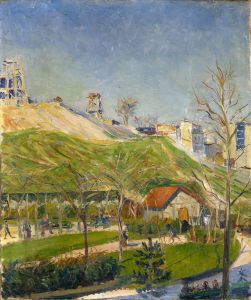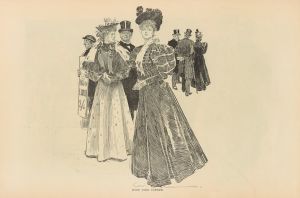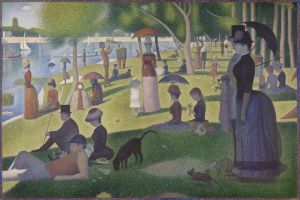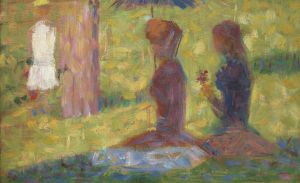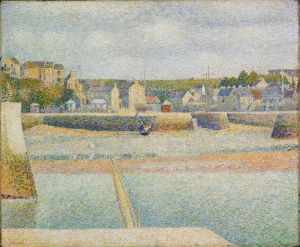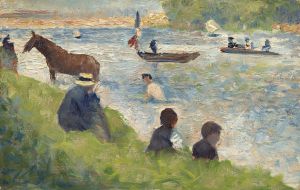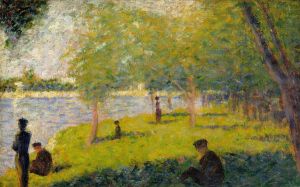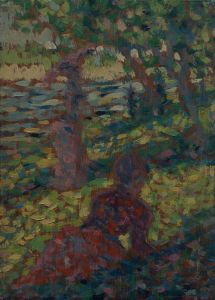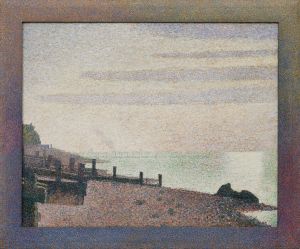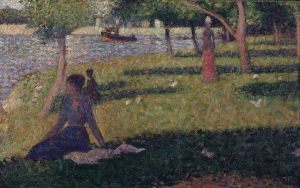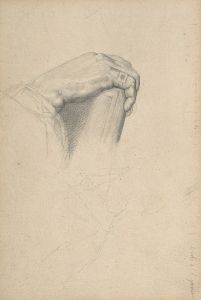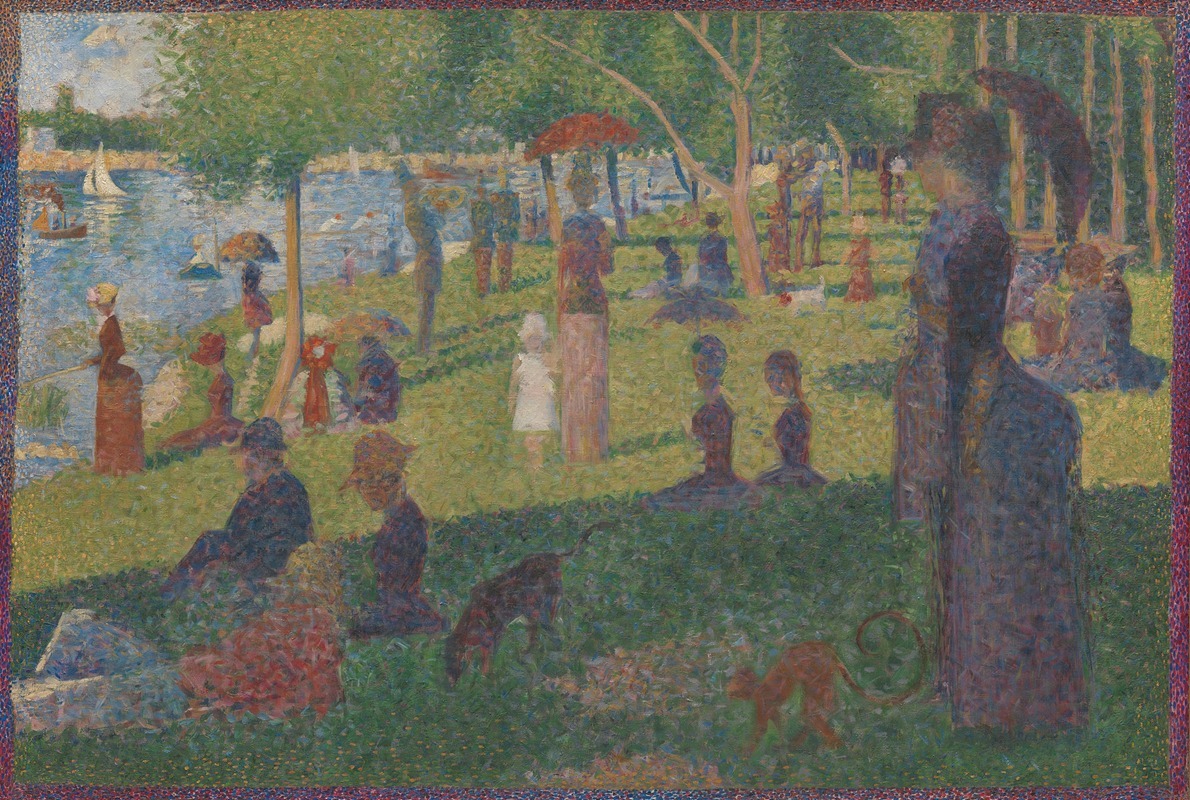
Study for ‘A Sunday on La Grande Jatte’
A hand-painted replica of Georges Seurat’s masterpiece Study for ‘A Sunday on La Grande Jatte’, meticulously crafted by professional artists to capture the true essence of the original. Each piece is created with museum-quality canvas and rare mineral pigments, carefully painted by experienced artists with delicate brushstrokes and rich, layered colors to perfectly recreate the texture of the original artwork. Unlike machine-printed reproductions, this hand-painted version brings the painting to life, infused with the artist’s emotions and skill in every stroke. Whether for personal collection or home decoration, it instantly elevates the artistic atmosphere of any space.
Georges Seurat, a pioneering French post-Impressionist artist, is renowned for his innovative use of color and technique, particularly through the development of pointillism. One of his most significant works is "A Sunday on La Grande Jatte," a large-scale painting that exemplifies his unique style and meticulous approach to composition and color theory. Before completing this masterpiece, Seurat created several preparatory studies, one of which is known as "Study for ‘A Sunday on La Grande Jatte’."
The study serves as an essential step in Seurat's artistic process, allowing him to experiment with the composition, figures, and the play of light and shadow that would later define the final work. Created in the early 1880s, this study is a testament to Seurat's dedication to precision and his methodical approach to painting. It reflects his interest in capturing the leisure activities of Parisians during the late 19th century, a theme that was central to the final painting.
In "Study for ‘A Sunday on La Grande Jatte’," Seurat employs his signature technique of pointillism, a method characterized by the application of small, distinct dots of color that blend in the viewer's eye to form a cohesive image. This technique was influenced by contemporary scientific theories of color and optics, which Seurat studied extensively. The study reveals his exploration of these theories, as he meticulously places dots of complementary colors next to each other to create vibrant and harmonious effects.
The study also provides insight into Seurat's compositional strategies. It features a variety of figures engaged in leisurely activities on the banks of the Seine River, a scene that captures the essence of Parisian life at the time. The arrangement of figures and the use of space in the study demonstrate Seurat's interest in balance and harmony, principles that are evident in the final painting. The figures are depicted in a range of poses and attire, reflecting the diversity of social classes and the changing dynamics of urban life in Paris.
Seurat's study is not merely a preliminary sketch but a carefully considered work that stands on its own as a piece of art. It showcases his ability to convey atmosphere and mood through the interplay of light and color. The study's subtle variations in tone and hue suggest the time of day and the quality of light, elements that are crucial to the overall impact of the final painting.
While "Study for ‘A Sunday on La Grande Jatte’" is an important work in its own right, it also serves as a window into Seurat's creative process and his commitment to innovation in art. It highlights his role as a leading figure in the post-Impressionist movement and his influence on subsequent generations of artists. Through this study, viewers can appreciate the depth of Seurat's vision and the meticulous care with which he approached his art, ultimately culminating in one of the most iconic paintings of the 19th century.





